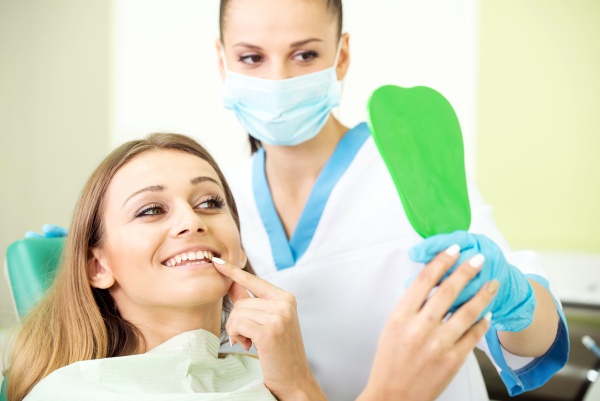How to Avoid Getting Periodontal Disease

Periodontal disease is an inflammatory condition caused by the accumulation of bacterial plaque on the gum and tooth roots. The plaque creates toxins that may later cause the gums to recede from the teeth, weakening the roots and causing eventual tooth loss.
According to the Centers for Disease Control and Prevention (CDC), over 50% of Americans have a form of gum disease, with many of them ending up losing one or more teeth to the condition. In fact, periodontal disease is the highest cause of tooth loss in adults. According to the CDC, people above 65 are at a higher risk of the disease.
Nobody is ever excited about the thought of losing a tooth, and fortunately, patients can take proactive measures to prevent the occurrence of gum disease and keep their mouth healthy.
How to prevent periodontal disease
Anyone who wants to avoid getting gum disease can do many essential things to reduce their risk of getting the disease. The following are some of the most effective ways to prevent the disease.
Brush twice a day
Experts recommend brushing at least twice daily. It is ideal to use fluoride toothpaste (to remineralize the enamel), and a soft-bristled toothbrush flexible enough to reach into the crevices and corners of the mouth, and clean each tooth at about a 45-degree angle. When brushing, the tongue should be cleaned thoroughly, since it always harbors plaque-forming bacteria.
Floss daily
Flossing at least once a day is essential, especially before going to bed and after the last meal or snack of the day. Patients should avoid flossing too hard to avoid damaging the gums. Flossing should be done by pulling the string along the sides of the teeth to remove the plaque or food debris that are inaccessible to a toothbrush. Interdental brushes and picks can reach hidden spaces and remove dirt from the gums, as well.
Antiseptic mouthwash
Mouthwash will help free up any remaining food debris after brushing and flossing to flush them out, as well as reduce bacteria and fight plaque accumulation on the teeth.
Good nutrition
It is advisable to reduce sugar and carbs consumption. Instead, plenty of fruits and vegetables should be part of the diet, especially apples and carrots that can help scrape plaque from the teeth. Vitamin supplements can also help, as the right nutrients make the gum stronger.
Stop some meds
Drugs such as aspirin cause blood thinning and could cause gum bleeding. Patients can consult with their doctor to know if they can get a replacement drug.
Regular dental checkups
The American Dental Association advises that patients go for two dental checkups per year. During such appointments, the dentist will be able to detect signs of periodontal disease and recommend treatment. They will also perform a deep cleaning to get rid of plaque. Patients who are more susceptible to periodontal disease will need more frequent visits, sometimes every three months.
Final note
If you detect any sign of periodontal disease, make sure you contact your dentist as soon as possible for treatment. The best advice is to take oral care seriously and prevent the occurrence of the disease entirely.
Request an appointment here: https://www.mysaratogadentist.com or call My Saratoga Dentist PLLC at (518) 675-3094 for an appointment in our Saratoga Springs office.
Check out what others are saying about our services on Yelp: Read our Yelp reviews.
Recent Posts
A dental practice focuses on preserving natural teeth, which are essential for long-term oral health. They support chewing, clear speech, and facial structure while contributing to a confident smile. Maintaining the original tooth structure also reduces the need for complex procedures and helps preserve the integrity of the surrounding teeth and gums. That is why…
Dental bridges are an option in restorative dentistry that replace missing teeth and restore your smile. This procedure improves the look of your smile and restores function so you can chew and speak comfortably. If you are considering this treatment, knowing the steps involved can help you prepare and adjust your expectations accordingly.Dental bridges are…
Losing a tooth can affect your appearance and oral health, causing misalignment, bone loss, and changes to your facial structure. Dental bridges are a popular tooth replacement option for people with one or more missing teeth. They offer a way to restore your smile and oral function.A dental bridge is a fixed prosthetic device that…
A chipped tooth can affect your smile's appearance and oral health, leading to discomfort, sensitivity, and self-esteem issues. Fortunately, there are several effective options to restore a tooth's natural look and strength. A variety of treatments are available, depending on the severity of the chip, its location, and your treatment goals.A chipped tooth can result…


